-
Posts
7,153 -
Joined
-
Last visited
-
Days Won
5
Content Type
Profiles
Forums
Blogs
Gallery
Events
Store
Posts posted by Ulsterman
-
-
Glasgow Highlanders:

 0
0 -
This is a great little photo. Taken in 1943. Notice the badge.
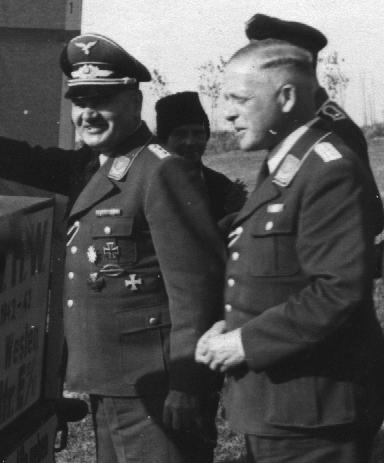


 0
0 -
Les:
Title NEVER vests with a stolen object. A object, even "fairly bought" MUST be returned. Some local DAs may choose not to enforce this, but you can always sue for FULL compensation from the original owner AND get lawyers' fees.
Arms lengths transactions are uncommon in antiques and nuministics.
0 -
Museums have been known to sell items on permanent loan. They argue that the "loan" was a de facto gift. They wait for the original donors to die off, but they do it. They want the money.
By the way-by microengraving I mean engraving of @ 1-2 mm in height (or less). This is done now in museums and major jewel, coin & silver collections with lasers. It doesn't cost much either.
0 -
Again:
Microengraving.....
If it is stolen-then there is proof that it's really yours, even after 40 years loss. A plate glass frame is instantly smashed by a thief. Even if you see it in a catalogue 10 years later-good luck trying to prove it is yours. The burden of proof is on you (see McSwiggens' post below on 'massive theft').
A museum ultimately operates to keep itself alive. It will sell the medal if it needs the money to pay for new computers, a bigger salary for its staff, a building refurbishment, new drapes, printing, a reception, a different piece (like a painting the Director likes better) etc. etc.... Things like this happen all the time-even in Germany. I buy from museums. I am on the boards of 2 museums. I can assure you they sell things-lots of things-that many people thought they were donating forever in memory of their loved ones. Sometimes they do it within a year of acquiring the donated item.
If it's washed away by a flood-or something-then when it's dug up many years later, your children will have the piece itself-a vital link of family history, who and what you are.
0 -
I disagree with the others. I would micro-engrave his initials and the date on an inner core rim. Had he done so it would have been part of history.
There will come a time when the medals will be lost or separated. Then their connection with your ancestor will be broken.
He will be forgotten. The medals will be treasured-but more so if forever identified.
It's all thats' left of him-besides you and the family.
0 -
Bad thing I think.
At the Tory Party Conference last year this actually came up as a topic.
Should we ever return to power perhaps a new GSM will be issued with bars.
This is what I would like to see avoided. This bar is to a USAF NCO who served @ 1981-1989. In the British forces he'd have probably got nothing except a GCM and maybe, just maybe a MBE.
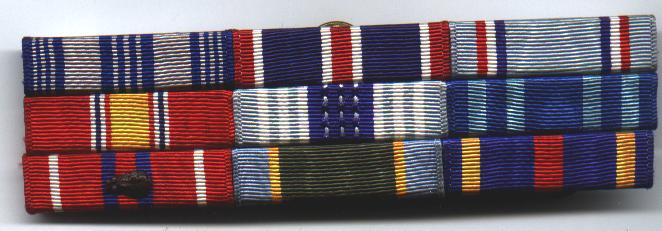
 0
0 -
Between $200-$280 U.S.? Maybe a little more given the way medal bars are exploding in price on ebay.
Ten years ago you could have had this one for $80-$125 (U.S.) easy.
Oh-I just got promoted. My first star.
0 -
That is the first time I have ever seen that as a stamp on a postcard.
From the Treasurer's bureau of the 47th Reserve Division, IR 220 and mailed from the Lipsk-Baranovitchi area.
It's from "Hans" to his sister I think.
0 -
Brilliant!!
I have never seen the two together before. I did not kow the ribboned pins had award documents with them.
Really good thread.
0 -
My favorite badge:
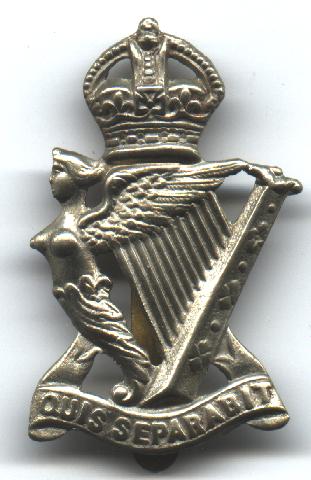
 0
0 -
My third favorite badge:
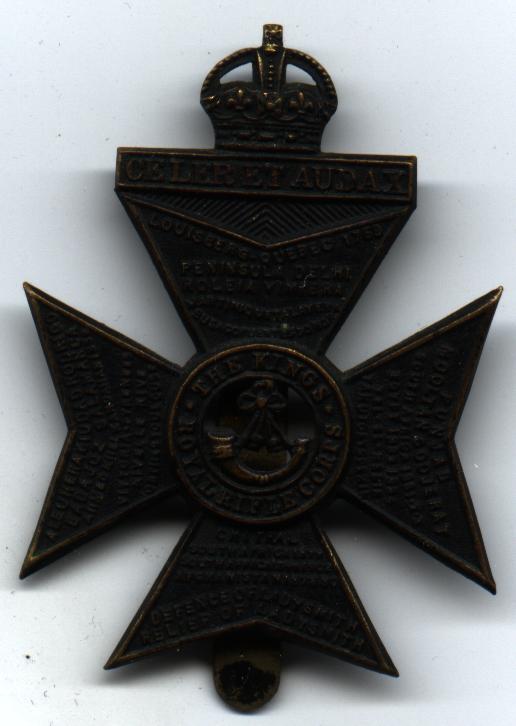
 0
0 -
Also, sometime after the war anyone who got a CIB (combat infantry badge) or the combat medics' badge also rated a bonze star. There's no bronze star and the ribbon bar was obviously made at least in late 1950, by which point a long serving N.C.O. would have had his bronze star.
0 -
I have never seen this before. I got this on a stall. The ribbons are all woven expertly on to a cardboard frame with a dark cloth with oilskin backing.
It is to a long serving army NCO who probably was not in combat.
The medals are: Army Commendation medal, Good Conduct
American defense (squirrel medal), American campaign, European theatre with 6 campaign stars
World war 2 victory medal, Occupation forces medal and National Defense Medal.
The first medal shows service in at least 1941 and the last-1950, so he was in at least 10 years.
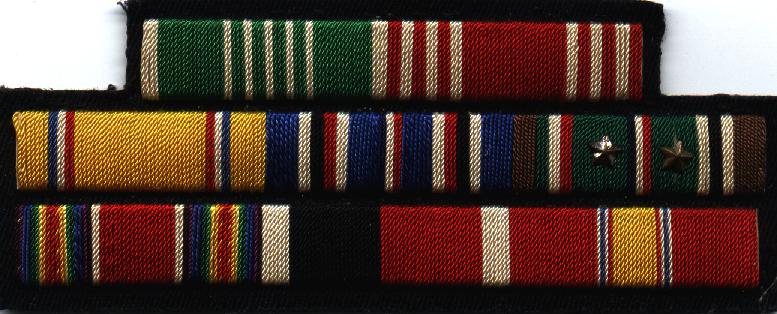
 0
0 -
Here's a snapshot of a chap named "Louis" in October, 1945. Going by his rank and lack of medals he had an uninteresting war. His medal ribbons I think are the good conduct and European campaign medal (no campaign stars!).
Yet he obviously went to the UK early-I count six 6 month overseas stripes and a reenlistment stripe (counts as 3 years service). But my question-if he's had 6 years (+) in the army by 1946 by his chevrons, how come threre's no American "squirrel defense" medal? Did they issue reenlistment stripes during the war?
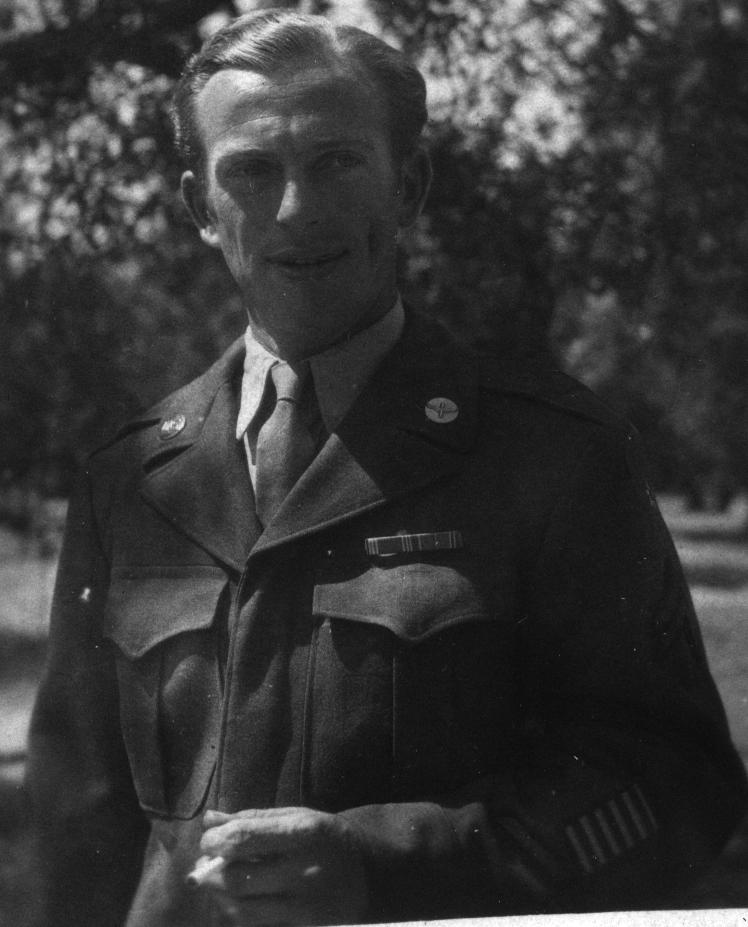
 0
0 -
The conflict proper went from 1969-77, although the last big ops. were in 1975.
There were @ 300 loaned officers, NCOs and Warrent Officers as well as the SAS squadren (@80 soldiers) in 1974.
There were several other allies involved-the Iranians had a Brigade there (which got mauled badly on the coast) as well as the Jordanians. There were some CIA training officers involved as well as MI people.
I have met Royal Marines and RAF officers who were there. Marines acted as LRPs in the mountains-as did the SAS.
24 killed and 55 wounded were British. About half the killed were SAS.
The GSM with bar "Dhofar" was issued for service there from Oct. 1, 1969 - Sept. 30, 1976.
It's the rarest GSM out there.
0 -
A double MC narrows it down a bit. The placement of the IGS looks interesting. The LS medals also give me pause.
0 -
Named and numbered carbine from the 7th cavalry,taken at the Little Bighorn in June, 1876...or, one of the Winchesters used by the Sioux that day.
Any CSA Jr. officers uniform from the Army of Northern Va. from 1865.
Or...an original Cinncinatus medal....or an as yet undiscovered photo of Confederate troops in the field-on parade @ 1864-1865, or one of the CSS Virginia firing at the Merrimac.
0 -
Here's a snapshot of a U.S. officer @ 1938. So why is he here on this forum?
Look closely....
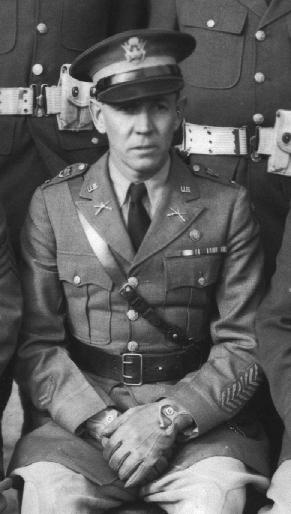
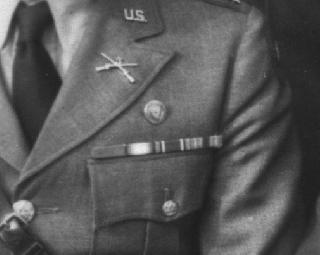

 0
0 -
"5000 K?pfe" gives us this--
[attachmentid=7381]
And leaves us wondering...
where is a photo portrait of him?
And what was his WW-2 "war service?"
Have you looked at his bio in the Reichstag book?
0 -
Bloody hell! Those are nice pics. Book worthy stuff.
0 -
My lowly little bar.
Nice and early...note colour of ribbon:
oops no space...
0 -
here's one worn in a buttonhole@1944:
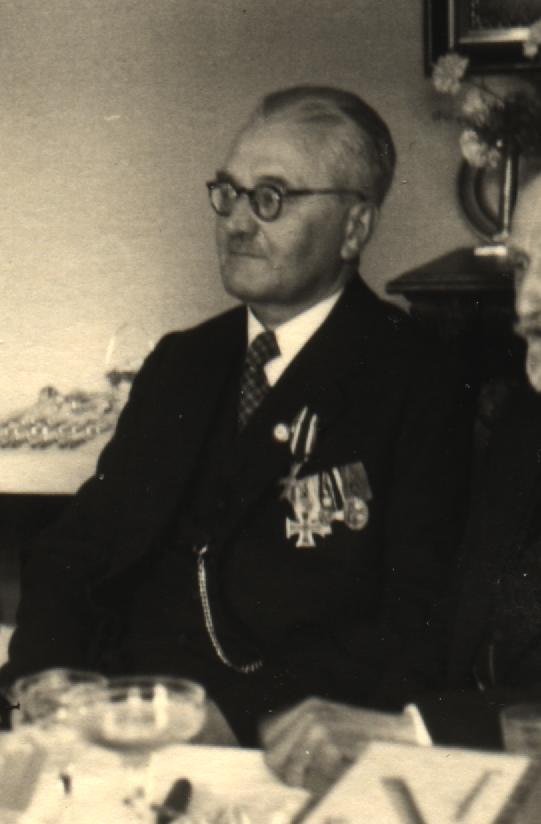
 0
0 -
Nice collection. I also like the court mounted ones.
here's one being worn @1944:
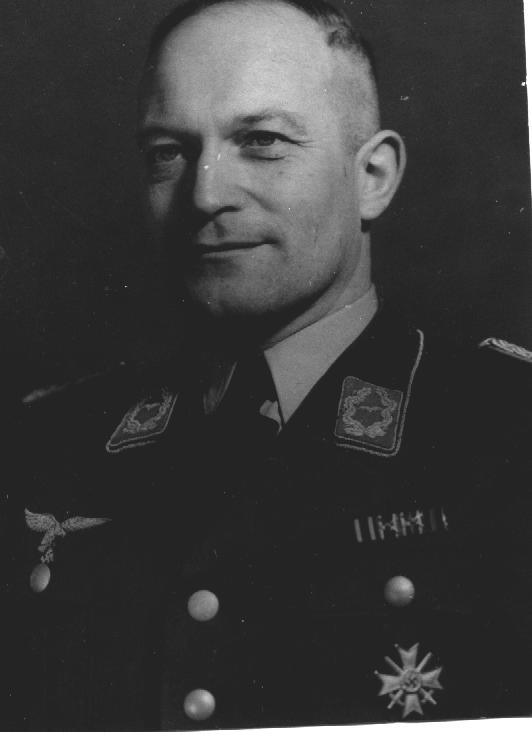
 0
0




Norfolk Special Constab. badge
in Great Britain: Mervyn Mitton's British & Colonial Police Forces
Posted
Here's one i've had since I was reading the Beano weekly: